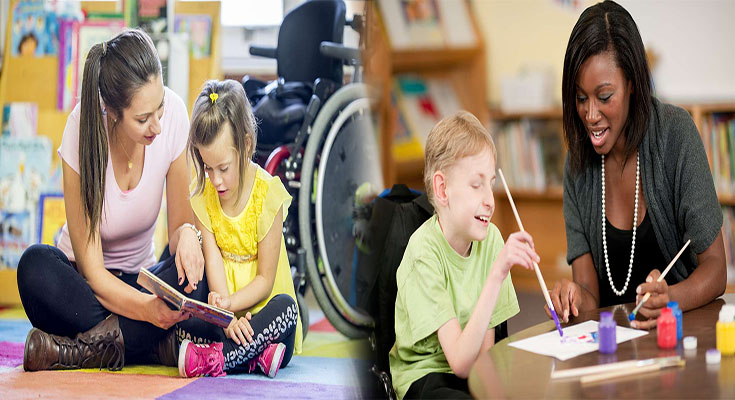Special needs learners require individualized education plans (IEPs) to ensure that they receive the support and accommodations necessary for their educational success. An IEP is a legal document that outlines a specialized educational program and services tailored to each student’s unique needs.
The fundamental objective of an IEP is to identify and address the specific challenges faced by special needs learners, enabling them to reach their full potential. This plan is a collaboration among educators, therapists, experts, and parents/guardians, who work together to develop strategies and goals to support the student in their academic journey.
The process of developing an IEP involves several steps. First, the student’s needs are assessed through various evaluations, including academic, medical, and psychological assessments. These evaluations help create a comprehensive profile of the student’s strengths, weaknesses, and areas requiring additional support.
Next, a team consisting of parents/guardians, teachers, special education personnel, and other professionals collaborate to create the IEP. This team reviews assessment results, sets specific goals, and determines the necessary accommodations, modifications, and services required to meet the student’s unique needs.
The IEP includes detailed information about the student’s present level of performance, annual goals, progress tracking methods, required accommodations and modifications, as well as the services to be provided. It serves as a blueprint for educators and support professionals to follow, ensuring consistent implementation of strategies and interventions.
One of the key features of an IEP is the provision for accommodations and modifications. Accommodations refer to adjustments made to the learning environment, curriculum, or materials to provide equal access to education. These may include preferential seating, extended time for exams, or the use of assistive technology. Modifications, on the other hand, involve adjusting the curriculum or expectations to meet the student’s needs. For example, changing the complexity or depth of assignments.
Regular monitoring and progress assessment are integral parts of an IEP. Teachers and support professionals collect data to track the student’s progress towards their goals and make adjustments accordingly. This ensures that the interventions implemented are effective and that the student is thriving academically, socially, and emotionally.
Communication and collaboration between all parties involved are crucial for the success of an IEP. Regular meetings are held to discuss progress, review goals, and address any concerns or challenges that may arise. Parents/guardians play a vital role in advocating for their child’s needs and providing valuable insights about their child’s strengths and weaknesses.
Individualized Education Plans have proven to be highly effective in supporting special needs learners. By tailoring educational strategies to meet the unique needs of each student, IEPs promote inclusivity, foster academic growth, and empower students to overcome challenges and develop their full potential.
Individualized education plans (IEPs) are essential tools for supporting special needs learners. By identifying their specific needs, establishing goals, and creating tailored interventions, IEPs enable these students to flourish academically, emotionally, and socially. Through collaboration and ongoing communication, the IEP team ensures that each student’s needs are met, providing them with the necessary support to thrive in their educational journey.





